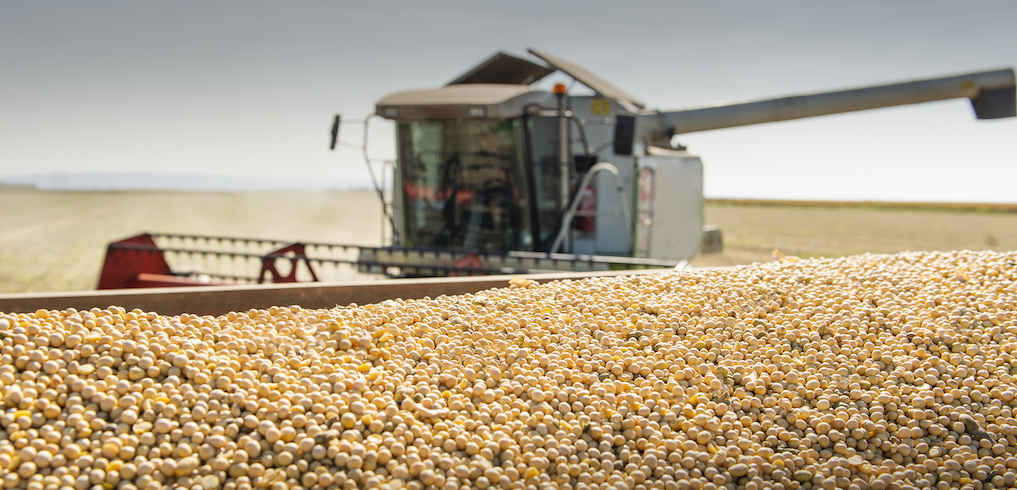In the past few years, mechanical oil processing plants have been slowly but steadily increasing their average processing threshold. Just five years ago, the idea of a 500 ton-per-day (TPD) mechanical plant would have sounded crazy, but today, it’s not uncommon to see processors pursuing larger-scale plants to stay competitive. While large-scale processing plants have…
Meeting the Demand for High Oleic Sunflower Oil
Sunflower is the fourth most important source of edible vegetable oil globally and contributes up to 12% of edible oil production. Within the market, the standard variant of sunflower oil is considered mid oleic. A small share is linoleic sunflower oil. A newer variant with altered properties is referred to as high oleic sunflower oil.…
Deactivating Toxic Gossypol in Cottonseed Meal
When properly prepared, cottonseed can provide a high-energy, low-cost protein supplement in animal feed. Despite its many benefits as a source of fat and protein, cottonseed also comes with challenges. A natural toxin called gossypol in cottonseed meal can be harmful and even lethal to some animals, which could prevent livestock producers from using it…
Exploring the Potential for Soybean Biodiesel

Driven by the search for more renewable energy sources, U.S. biofuel production continues to expand. As the demand for biofuel increases, so does the demand for soybean oil—which generates more than 60% of the vegetable oil-derived biodiesel currently produced in the U.S. Biofuel production has rippling effects throughout the agricultural supply chain, so it’s important…
Overcoming Oil Processing Challenges with Stabilized Rice Bran
Rice is a significant food source for almost half of the global population. While the processing of the grain to produce the edible brown, white, or polished rice is generally uncomplicated, the processing of the bran – or the outer layer of the brown rice where most of the fat and nutrients are stored –…
How To Setup An Oil Mill With Process Bins: 4 Things To Know
One of the many values that we can provide to our clients is the vantage point from working with processors across the globe. Our specialists are routinely at client sites to talk system design, provide training, and troubleshoot problems. From these visits, our specialists learn about industry trends and new practices across the globe. We…
Extrusion Technology Crucial for the Plant Protein Market
Good news for oilseed processors: the plant protein market is heading towards an all-time high. A new research study by The Insight Partners projects that plant protein is expected to grow at a CAGR of 6.2% from 2019-2027 to reach a value of 28 million USD by 2027. Processors have the potential for high profits…
Using Heat to Reduce Trypsin Inhibitors and Urease
When prepared correctly, plants are a nutritional and low-cost source of protein for animal feed. The soybean is especially valuable as a food source because of its high protein content and favorable amino acid profile. However, soy also contains several enzymes that can negatively impact nutrition and potentially harm animals and humans. Cooking and drying…
Oil Oxidation: How To Measure It And Why It Matters
Oil oxidation, also known as rancidity, is a challenge that all processors in the edible oil industry must face. There is no avoiding oxidation – oil is always in a state of oxidation, and the process cannot be stopped completely. However, oxidation can be limited with certain steps. What is oil oxidation? Oxidation is an…
